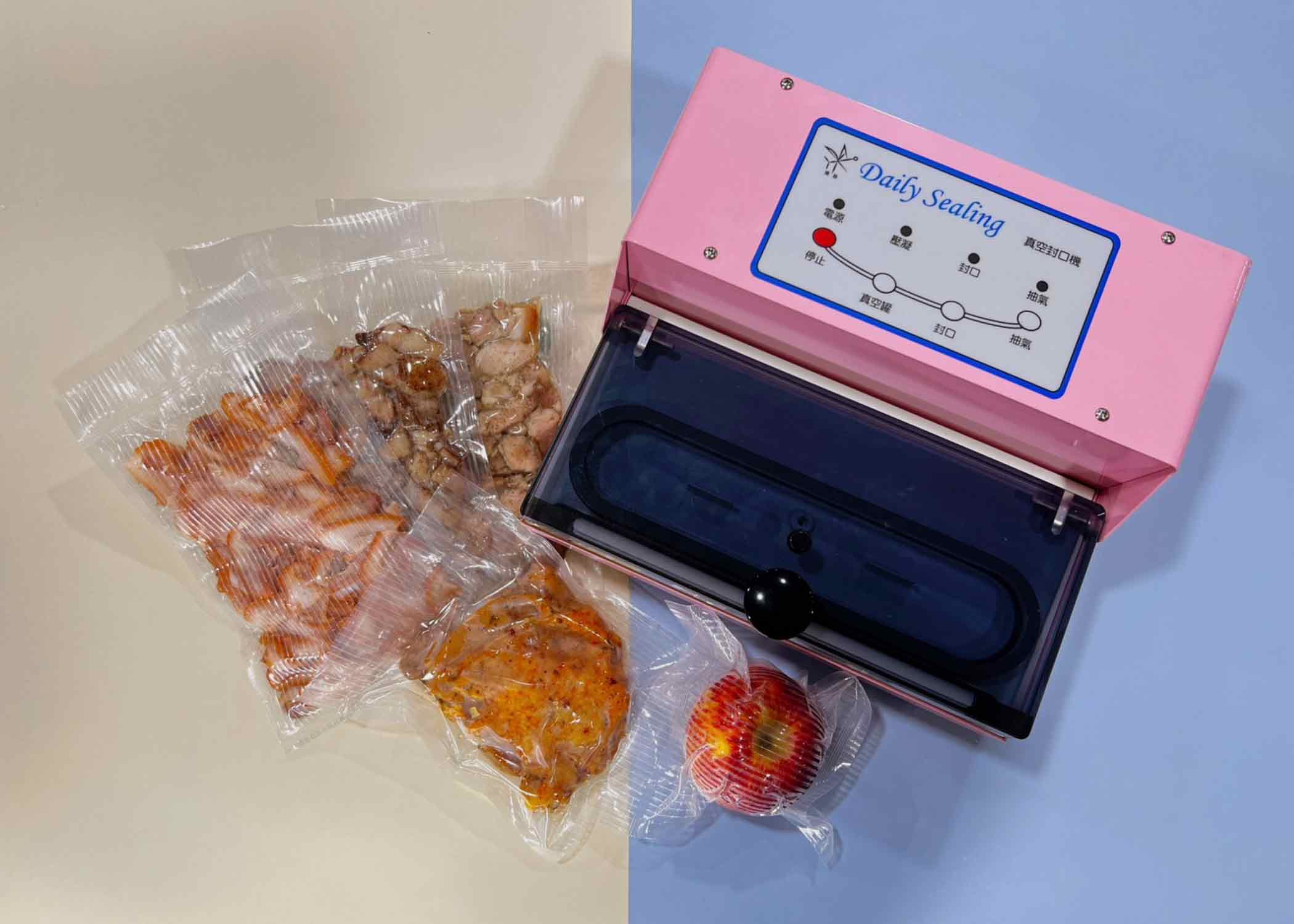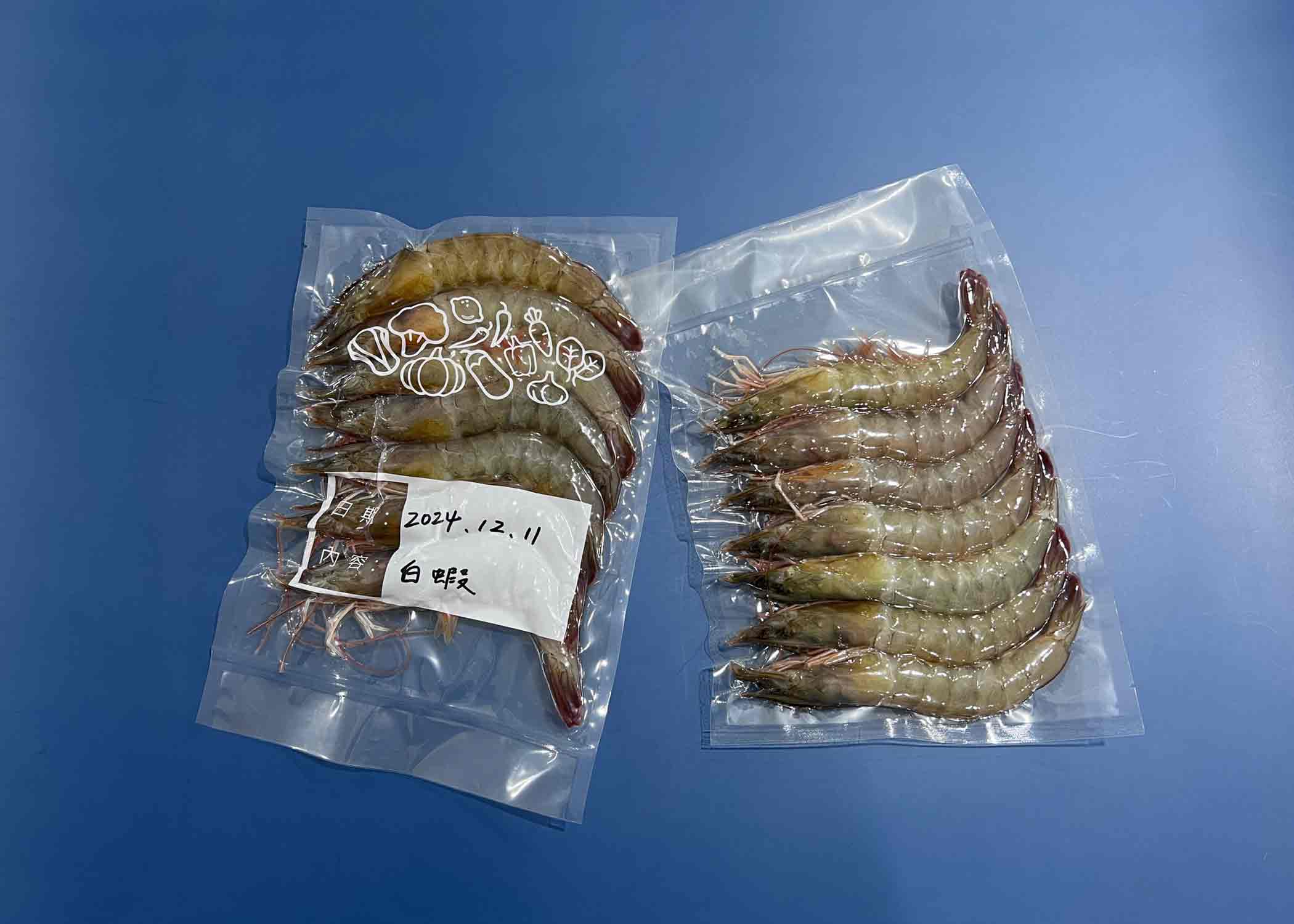Sealing length: 40cm.
Manual seal and cut.
Suitable material for kinds of plastic bags (PE, PP, OPP, PVC, OPF, NY), non-woven bag, thin alum. bags.

Sealing length: 40cm.
Manual seal and cut.
Suitable material for kinds of plastic bags (PE, PP, OPP, PVC, OPF, NY), non-woven bag, thin alum. bags.
Hand Type Impulse Sealer With Cutter:
• The machine equipped with a sliding blade to cut excess material 1/4 inch from seal.
• Suitable material of bag: aluminum, tinfoil, sterilization bag, vacuum nylon bag.
• Available in 2mm and 5mm width seals.
| Model No. | DP-400HC |
|---|---|
| Sealing type | Impulse Heat |
| Voltage/Ampere | 110V, 220V |
| Power | 680W |
| Max.sealing | Max: 400.0 x 2.0 mm |
| Machine weight | 5.40 kgs |
| Machine size | 600 x 115 x 205 mm |
| Sealing width | 2mm |
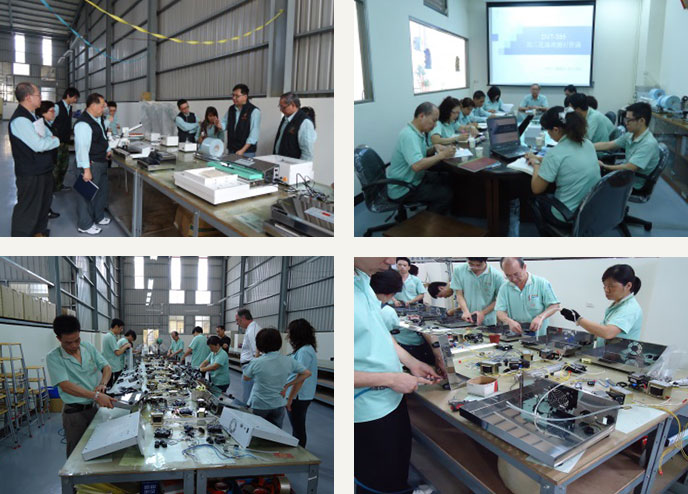
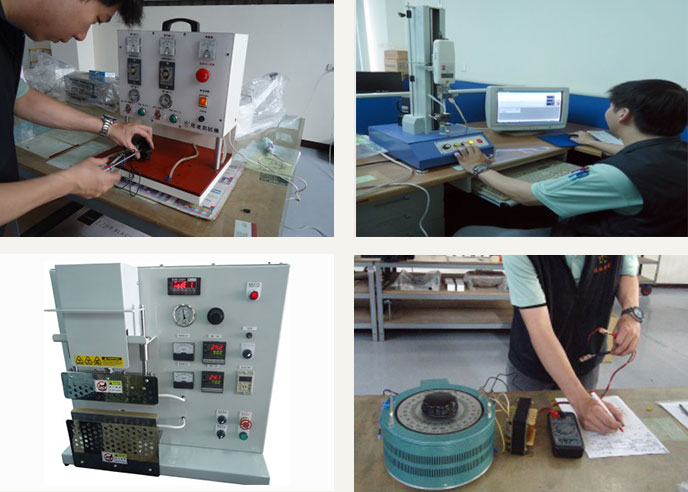
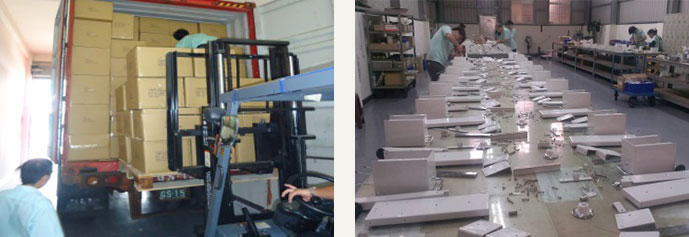
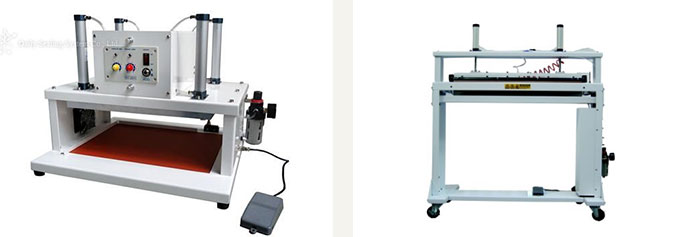
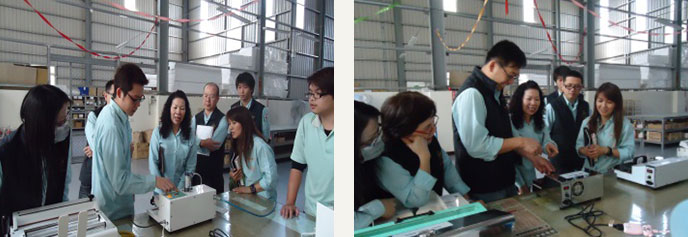
.jpg)
